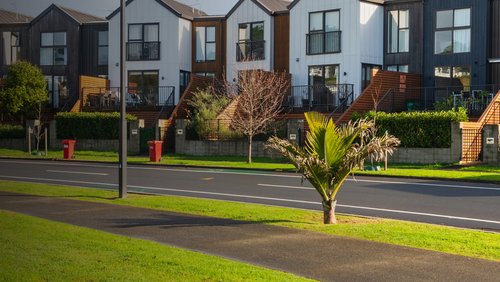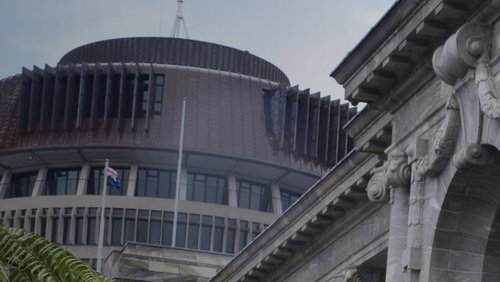11 Feb 2021
Ten years on from the devastating series of earthquakes in Christchurch, advances in engineering knowledge mean New Zealand is becoming more resilient and better prepared for future shakes.
Disclaimer: This article was correct as at the time of publication. For more up-to-date information on the change of GCCRS to NZCRS, please refer to www.nzcrs.govt.nz
We’re working with MBIE on programmes to enable greater resilience
Engineering New Zealand is partnering with the Ministry of Business, Innovation & Employment’s Building System Performance team to manage a programme of projects in support of the building regulatory system. These include the Low Damage Seismic Design project and Geotech modules.
We’re developing new building performance measures
Low Damage Seismic Design is about creating buildings that are more resilient and sustain less damage during an earthquake. Having resilient buildings that are able to be occupied and used after a significant earthquake minimises economic loss and enables a faster recovery.
Under the New Zealand Building Code, buildings are constructed to preserve life, which means it is acceptable that they could be damaged beyond economic repair in a significant shake. Currently, the New Building Standard rating (%NBS) is the only recognisable mark of performance in earthquakes, and it is about protecting life safety rather than the resilience of that building for continued occupation and use.
Together with the Structural Engineering Society New Zealand (SESOC), New Zealand Society for Earthquake Engineering (NZSEE), New Zealand Institute of Architects (NZIA) and others, Engineering New Zealand is working to develop new building performance measures that will encourage and assist owners and developers to aspire to low damage design solutions. The project is not about creating regulatory change; it’s about providing advice underpinned by robust technical information to guide engineers, architects and others to deliver design according to a client’s low damage needs. We are also working closely with the property and insurance industries to ensure the information resonates with these important audiences.
We’re updating the Earthquake Geotechnical Engineering Practice Series
We are working in collaboration with the New Zealand Geotechnical Society (NZGS) to update and finalise the Earthquake Geotechnical Engineering Practice Series.
These Guidance Modules provide engineers and councils with advice on earthquake geotechnical engineering best practice and how to comply with the building code.
First published in 2016 and 2017, the Modules are informed by what we learnt from the Canterbury earthquakes along with scientific advances. Their finalisation will continue to help us deliver safer buildings and structures for New Zealanders.
The six main Modules that make up the Earthquake Geotechnical Engineering practice series are all being reviewed and updated to incorporate feedback received from practitioners since they were first published, and to provide information on the latest research and new developments and experience since that time. They are all aimed at improving the standard and consistency of geotechnical design to provide robust seismic performance and have been well received by the profession and Councils. There are 6 modules:
- Module 1 provides an Overview of the series and includes the hazard settings
- Module 2 details geotechnical Investigations needed. There is now an expanded section on geophysical testing and some amendments to recommended densities of testing.
- Module 3 provides a very comprehensive consideration of assessment, design and mitigation of the effects of Liquefaction. Information on new understanding, research and insights from the Canterbury and Kaikoura earthquakes is being incorporated
- Module 4 discusses the seismic design of Foundations, both shallow and deep (piles). New worked examples are being included to provide practitioners with detailed design guidance
- Module 5 provides information and procedures for the various Ground Improvement techniques. Six new worked examples are also being provided, illustrating the different techniques and their various strengths and limitation
- Module 6 gives details on the design of Retaining Walls.
We’re providing advice to help resolve outstanding insurance claims
Engineering disputes sit at the heart of many of the complex and currently unresolved insurance claims related to the Canterbury earthquake sequence.
In 2018 and 2019, the Government established the Greater Christchurch Claims Resolution Service (GCCRS), and the Canterbury Earthquakes Insurance Tribunal; two services focused on resolving outstanding insurance claims.
To support the work of the GCCRS and the Tribunal, Engineering New Zealand established an independent expert panel which the GCCRS and the Tribunal can draw on for technical and expert advice and facilitation services.
The Panel is administered by Engineering New Zealand and is independent of the Courts, insurers and homeowners.
The services of the panel have been in high demand and the advice and technical expertise provided has helped to resolve many outstanding claims.





